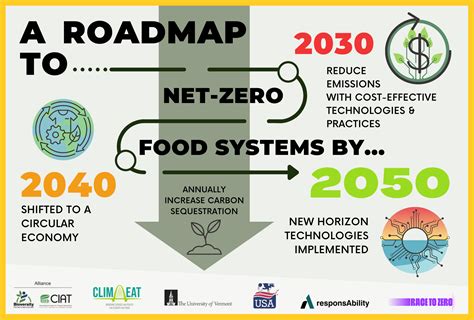Introduction
As the world’s population continues to grow, the need for sustainable food and agriculture practices has become paramount. By 2050, the global population is projected to reach 9 billion, placing immense pressure on our food systems. To address this challenge, we must adopt sustainable practices that preserve our natural resources while ensuring food security for all. This article explores the key aspects of sustainable food and agriculture, highlights emerging trends, and discusses effective strategies for achieving a sustainable future.

Sustainable Food and Agriculture Practices
Sustainable food and agriculture practices aim to minimize environmental impact, promote biodiversity, and enhance the well-being of communities. These practices include:
- Precision Farming: Utilizing technology to optimize crop yield and reduce environmental impact by monitoring soil health, water management, and nutrient application.
- Crop Rotation: Alternating different crops in a field over time to improve soil health, reduce erosion, and suppress pests and diseases.
- Integrated Pest Management: Using a holistic approach to pest control that emphasizes non-chemical methods, such as biological controls and habitat management.
- Organic Farming: Growing crops without synthetic fertilizers, pesticides, or herbicides, promoting soil health and reducing environmental pollution.
- Agroforestry: Integrating trees and shrubs into agricultural systems to provide shade, improve soil quality, and enhance biodiversity.
Benefits of Sustainable Food and Agriculture
The benefits of sustainable food and agriculture practices are numerous and far-reaching:
- Improved Environmental Sustainability: Reduced greenhouse gas emissions, water pollution, and soil degradation contribute to a healthier planet.
- Enhanced Food Security: Sustainable practices ensure long-term food availability and resilience in the face of climate change and population growth.
- Improved Nutrition: Sustainable agricultural practices promote diverse diets, including nutrient-rich fruits, vegetables, and whole grains.
- Greater Economic Stability: Sustainable agriculture supports local farmers and businesses, enhancing rural economies and reducing dependence on imported food.
- Enhanced Social Equity: Sustainable food systems provide fair compensation to farmers, equitable access to nutritious food, and opportunities for rural communities to thrive.
Emerging Trends in Sustainable Food and Agriculture
Several emerging trends are shaping the future of sustainable food and agriculture:
- Data-Driven Farming: The integration of IoT sensors, big data analytics, and precision agriculture technologies to optimize crop yields and minimize environmental impact.
- Vertical Farming: Growing crops in controlled vertical environments, maximizing space utilization, and reducing environmental footprint.
- Urban Agriculture: The cultivation of food in cities, providing fresh produce and promoting community involvement.
- Alternative Protein Sources: The development of plant-based and cultured meat alternatives to reduce livestock emissions and promote healthier diets.
- Blockchain for Traceability: The use of blockchain technology to enhance transparency and traceability in the food supply chain, ensuring food safety and sustainability.
Strategies for Achieving Sustainable Food and Agriculture
Achieving sustainable food and agriculture requires a concerted effort from various stakeholders, including governments, businesses, and consumers. Effective strategies include:
- Policy Support: Governments can enact policies that encourage sustainable agriculture practices, such as tax incentives and technical assistance programs.
- Research and Innovation: Continued investment in research and development is vital for developing new technologies and practices that enhance sustainability.
- Consumer Education: Raising awareness about sustainable food practices and empowering consumers to make informed choices can drive demand for sustainable products.
- Collaboration and Partnerships: Collaboration among farmers, food businesses, and NGOs can foster knowledge sharing and promote sustainable practices.
- International Cooperation: Global cooperation is essential to address cross-border challenges, such as climate change and food security.
Challenges and Opportunities
The transition towards sustainable food and agriculture presents both challenges and opportunities:
Challenges:
- Resistance to Change: Farmers may be hesitant to adopt new practices due to concerns about cost, yield, and risk.
- Limited Financial Resources: Small-scale farmers may lack access to capital and resources to implement sustainable practices.
- Climate Change Impacts: Extreme weather events and climate variability can disrupt agricultural production and threaten food security.
Opportunities:
- Economic Incentives: Consumers are increasingly willing to pay a premium for sustainably produced food.
- Government Support: Governments can provide incentives and support programs to promote sustainable agriculture.
- Technological Advancements: Technological innovations offer tools to enhance sustainability and improve efficiency.
Conclusion
Sustainable food and agriculture is essential for safeguarding our planet and ensuring food security for future generations. By adopting sustainable practices, we can reduce environmental impact, enhance food security, and promote healthy communities. Collaboration, innovation, and consumer education are key to achieving this transformative goal. By embracing a sustainable future, we can create a world where everyone has access to nutritious food while preserving our natural resources for generations to come.





















